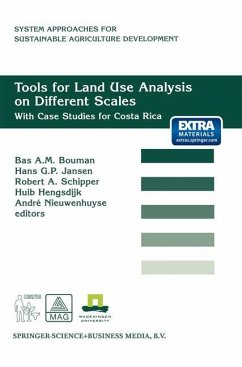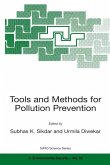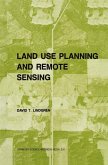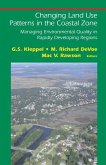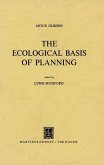This book reflects the results of more than ten years of cooperative research involving Wageningen Agricultural University (y. l AU) in the Netherlands, the Tropical Agricultural Research and Higher Education Center (CATIE; Centro Agron6mico Tropical de lnvestigaci6n y Ensefianza) in Costa Rica and the Costa Rican Ministry of Agriculture and Livestock (MAG; Ministerio de Agricultura y Ganadeda) as part of the Research Program on Sustainability in Agriculture (REPOSA) in the Central American country. The type of cooperation was unusual as it focused on both research and the education of students undertaking either M. Sc. thesis projects or a program of practical training in the various aspects of studying land use. Since funding was provided by W AU, a high degree of scientific autonomy was created that has clearly benefited the independent, scientific rigor of the work. Over the ten-year period, the program has changed from being a patchwork of various insulated specialist projects, into a truly interdisciplinary effort, leading to the development of innovative tools for analyzing land use on a number of geographical scales. These tools are presented in this book. Besides CATIE and MAG, cooperation with other Costa Rican partner institutions has been essential from the beginning, and this process of interaction has also evolved considerably over time.

